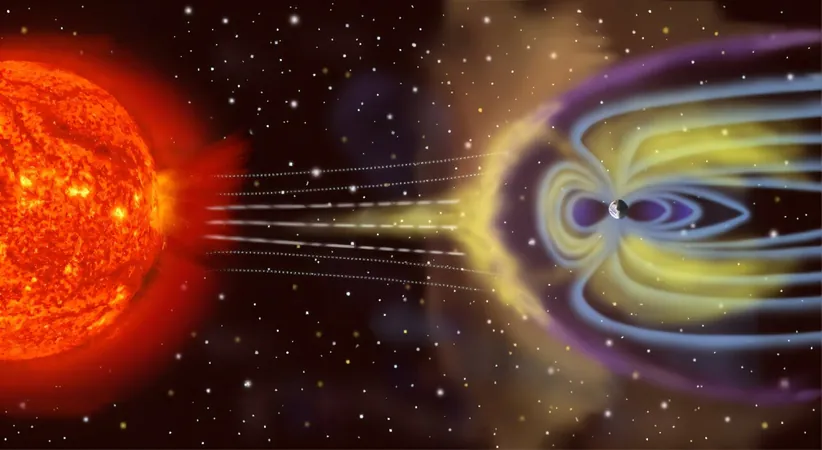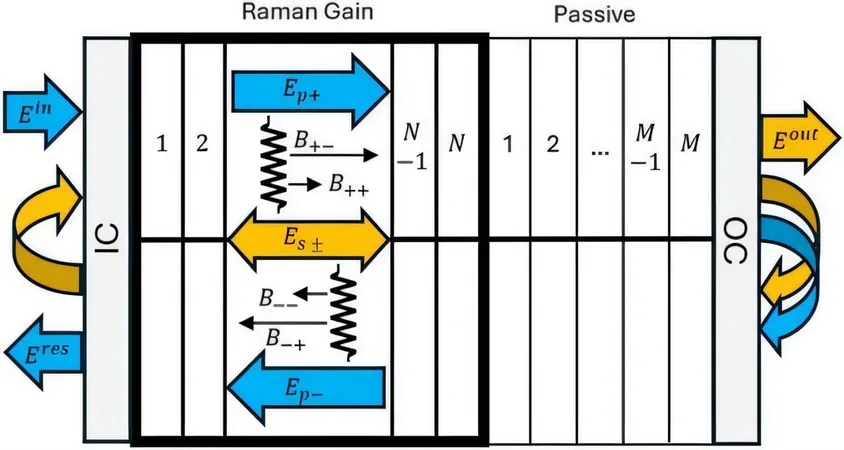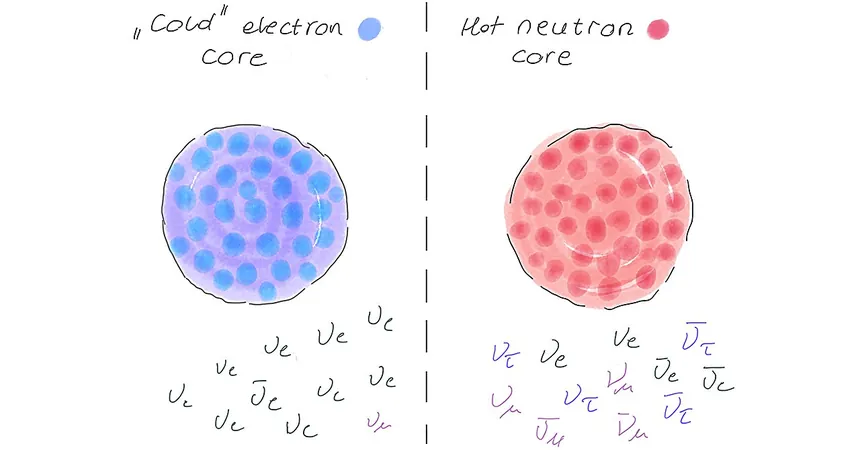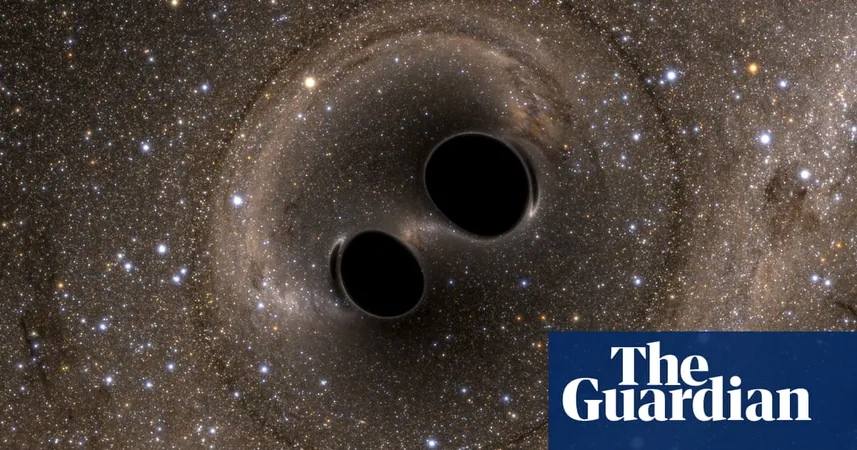
Astronomical Breakthrough: Floating Planetary Behemoths Unveiled!
2025-05-14
Author: Noah
Revolutionary Discovery of JuMBOs in Space
In an awe-inspiring advancement, the James Webb Space Telescope has uncovered a remarkable quantity of free-floating planetary-mass objects in nearby star-forming regions. Among these extraordinary finds are a staggering 42 Jupiter Mass Binary Objects, affectionately dubbed 'JuMBOs', nestled within the Orion Nebula Cluster.
A Challenge to Conventional Theories
What makes JuMBOs truly fascinating is their unusually wide separations compared to other substellar binary populations. This groundbreaking revelation throws a wrench into existing theories about how such celestial bodies are formed. The implications are enormous, suggesting that our understanding of planetary and substellar formation is on the brink of transformation.
Survival of the Fittest: Can They Withstand Cosmic Chaos?
Despite various hypotheses regarding the formation of these JuMBOs, a critical question remains: can they endure the perilous environments of densely populated star-forming regions? To explore this, a team of researchers from the University of Sheffield, including Richard J. Parker, Simon P. Goodwin, and Jessica L. Diamond, conducted extensive N-body simulations to analyze the longevity of planet-planet binaries within these chaotic areas.
Stunning Findings: The Grim Fate of Planet-Planet Binaries
Their research reveals a shocking reality—between 50 to 90 percent of planet-planet binaries are obliterated within just a few million years. This suggests that in order for JuMBOs to exist in their current abundance, an astonishing number must form initially, pointing to a more complex history of formation than previously thought.
Looking to the Stars: Implications for the Future
Moreover, if the Orion Nebula Cluster was significantly denser during its formative years, it implies that the initial separations of these JuMBOs were even greater than we observe today. This insight could reshape our comprehension of substellar binary populations and propel future studies into the mysteries of planetary formation.









 Brasil (PT)
Brasil (PT)
 Canada (EN)
Canada (EN)
 Chile (ES)
Chile (ES)
 Česko (CS)
Česko (CS)
 대한민국 (KO)
대한민국 (KO)
 España (ES)
España (ES)
 France (FR)
France (FR)
 Hong Kong (EN)
Hong Kong (EN)
 Italia (IT)
Italia (IT)
 日本 (JA)
日本 (JA)
 Magyarország (HU)
Magyarország (HU)
 Norge (NO)
Norge (NO)
 Polska (PL)
Polska (PL)
 Schweiz (DE)
Schweiz (DE)
 Singapore (EN)
Singapore (EN)
 Sverige (SV)
Sverige (SV)
 Suomi (FI)
Suomi (FI)
 Türkiye (TR)
Türkiye (TR)
 الإمارات العربية المتحدة (AR)
الإمارات العربية المتحدة (AR)